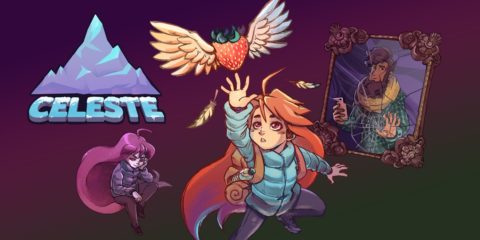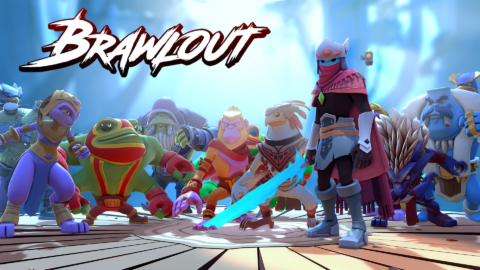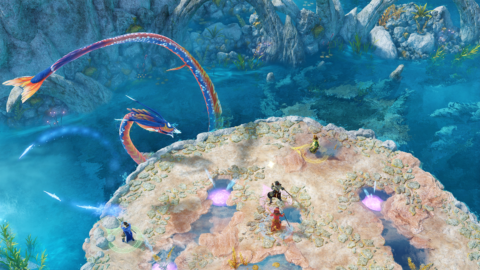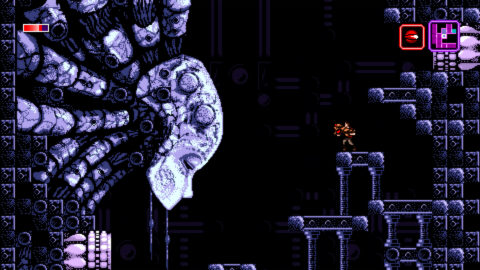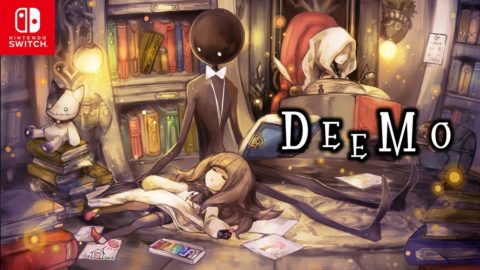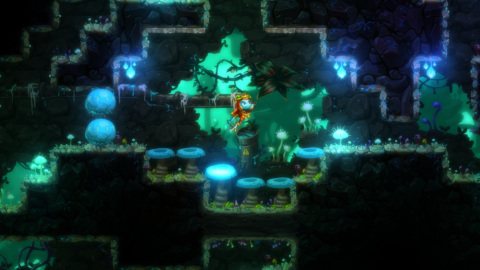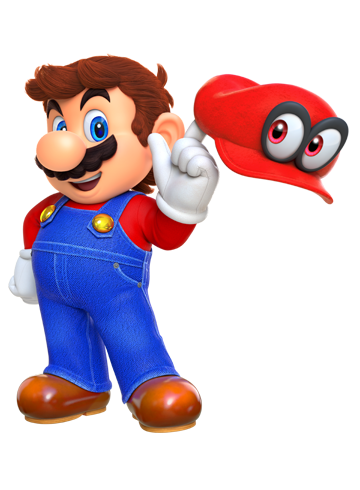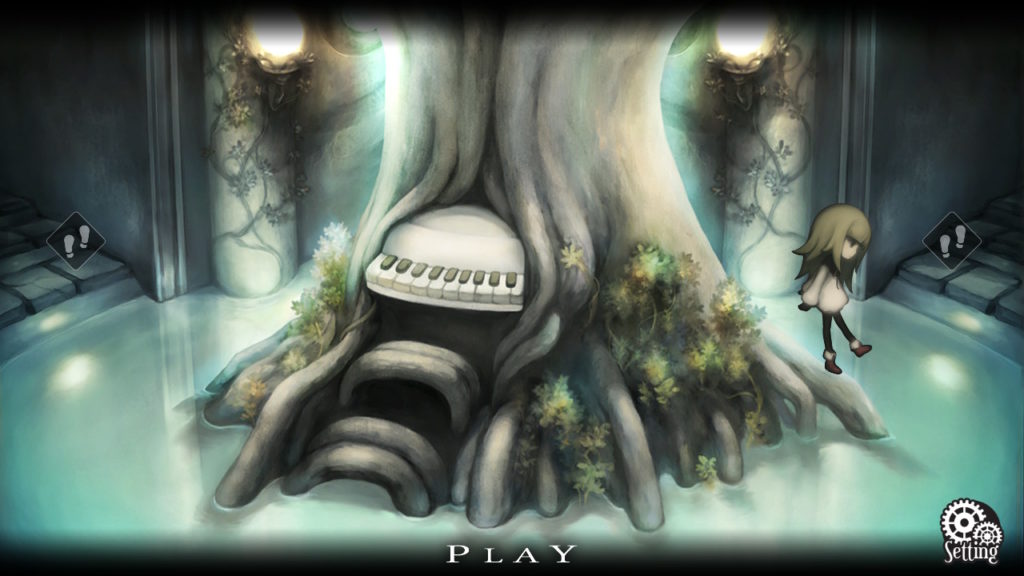
Rhythm games represent perhaps the most peculiar little corner of the Nintendo Switch’s eShop offerings yet. The straightforward but attractive Voez and the “rhythm violence” shoot-em-up Thumper have set an interesting pace so far. With more coming soon, like Superbeat: Xionic and Harmonix’s Super Beat Sports, we could be in the throes of a growing trend.
Rayark’s Deemo falls squarely in the center of that trend. Originally developed as an iOS/Android game, Deemo is one of the few games to take advantage of the Switch’s touchscreen features. Standard rhythm game mechanics are woven throughout a fantasy story and art direction to fairly enrapturing effect, though for all it’s pretty packaging the game’s substance is a bit lacking.
Still, there’s a lot to love about this piano-sim and its adorably creepy title character. While it limits the Switch’s natural versatility by restricting play to handheld mode, Deemo provides a fun break from the bulk Switch catalog.
Gameplay
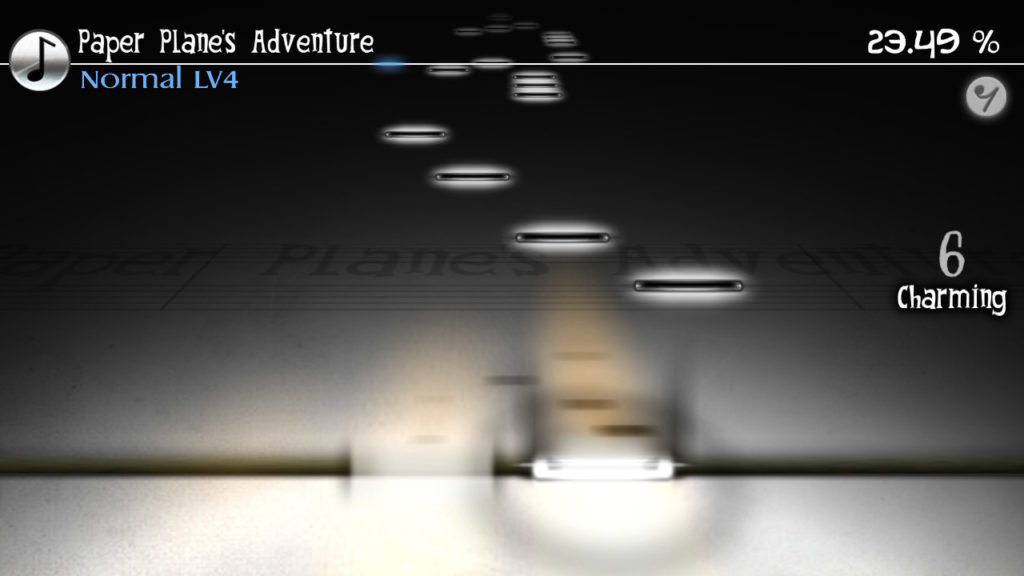
For players in any way familiar with touch-based rhythm games, Deemo doesn’t wander too far off the beaten path. The play field is laid out simply: tiles fall from the top of the screen to cross a touch area at the bottom. Tapping the touch area as the tiles fall into it triggers the note, and you tap in time with the falling tiles and the background music. Performance is scored by the number of notes hit, as well as those hit in succession for a “combo.” A score of 75% or above is considered successful.
The controls are simple, but elegant, and if done correctly do very well to simulate playing a piano on the screen. The touchscreen allows for some precise variation in the position of notes, and some sections require dragging your finger to follow a pattern, simulating a glissando effect. Overall, in the heat of the moment Deemo provides a pretty stirring experience, and mastering particularly tricky sections added a welcome sense of immersion.
That beings said, some tracks offer some pretty tricky piano work that the predetermined tiles don’t quite match up to. Often I found myself completely out of sync with the music (even on Easy or Normal) as tiles feel on awkward upbeats or in patterns that didn’t seem to match the notes meant to match them. While it was never quite enough to break an entire song, it definitely altered my connection to the music and promoted avoiding some tracks, rather than perfecting them.
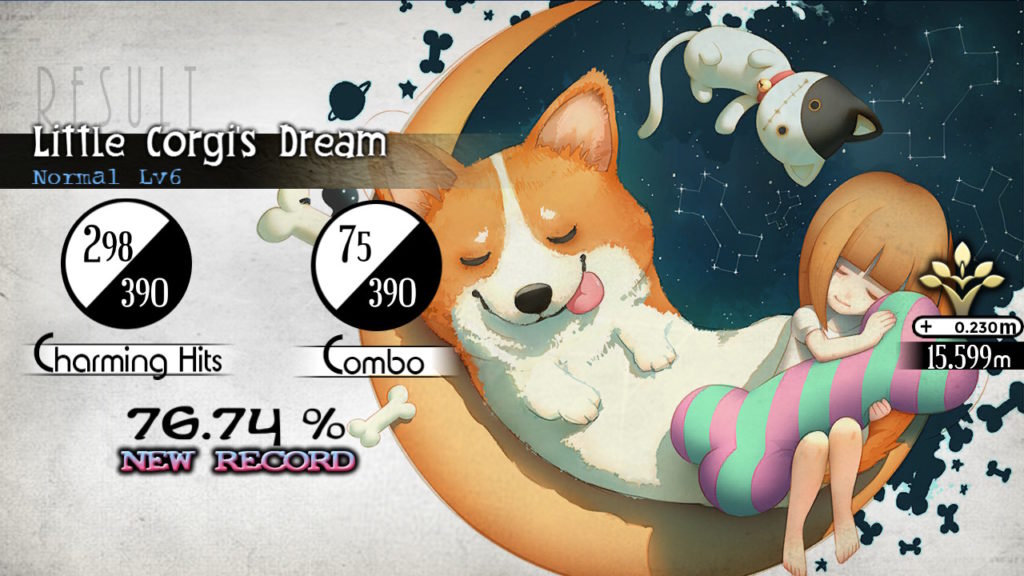
It’s worth mentioning that the touch screen is the only control method allowed in Deemo. This is done for obvious reasons, and done fairly well at that. Touch is as responsive in the menus as it is in the gameplay segments, and never feels overly cramped or awkward. The screen feels well adjusted to the reach of either hand, which is a blessing considering Deemo was originally build for mobile phones.
Still, I often found myself at a loss for how best to hold the gamepad while playing. At home, its fairly easy to place the gamepad on a tabletop to keep all four fingers available for tapping, and it certainly does complete the effect of playing a piano. On the other hand, in most cases I ended up hunched over a desk frantically pecking at the Switch screen (heretofore dubbed “the Schroeder effect”) or awkwardly holding the console on my lap.
On the road, it’s easy enough to hold the switch normally with both joycons attached, but this limits access to the screen to the thumbs alone. I found it most comfortable to hold the Switch in one hand, using the other for the touch screen. However, this also limits your tapping options, and forces you to effectively learn two different playstyles. It might be fine for the easier game modes, but “hard” was nearly out of the question this way.
Deemo is fun and easy to grasp if you’re looking for something easy to pick up and put down. Sadly, beyond ramping up the difficulty on the same selection of tracks, there’s simply not much to do here, overall. The game feels well suited as a sideline distraction; something to boot up on a short break or between sessions of something with a bit more substance.
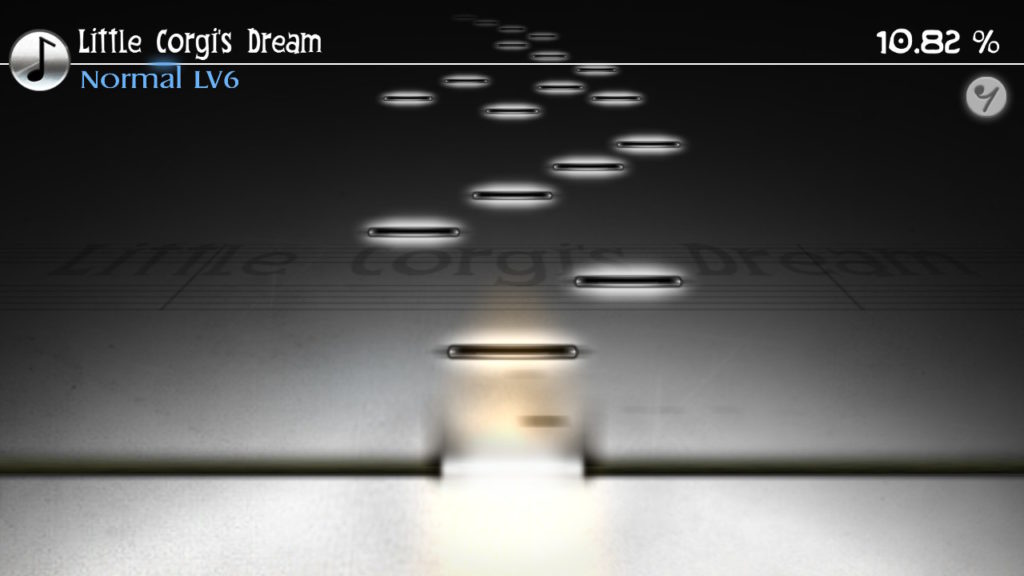
Presentation
What Deemo may lack in substance and variety, it more than makes up for in sheer charm. Both the song selection and the art direction are, simply put, gorgeous, evoking a sense of wonder and peacefulness in equal measure.
It’s worth pointing out just how many songs Deemo has on offer. The Switch version brings together music from the original mobile release; selections from another Rayark game, Cytus; and special selections from artists that feature in the core soundtrack to provide a vast amount of unique music to pick from.
It’s a great selection, too, with a wide range of styles and emotional impact. Everything from sweeping orchestral tones to gritty metal to powerhouse electronic music is on offer here, and each one provides a different challenge in how you’ll need to react to the style at hand. It does a great deal to keep things fresh, which is good given that hopping from song to song is largely all there is to do.
Playing through songs does drive the game’s over-arching story forward, however, in a rather clever way. Deemo‘s plot revolves around a girl falling through a mysterious hole into the home of Deemo himself, an odd, lanky, dark figure that never speaks. Deemo realizes that only by growing a tree sprouting from his piano can the girl climb back to the hole and return home. Music makes the tree grow, so playing songs (and playing them well) is the only way to return the small girl to her world.
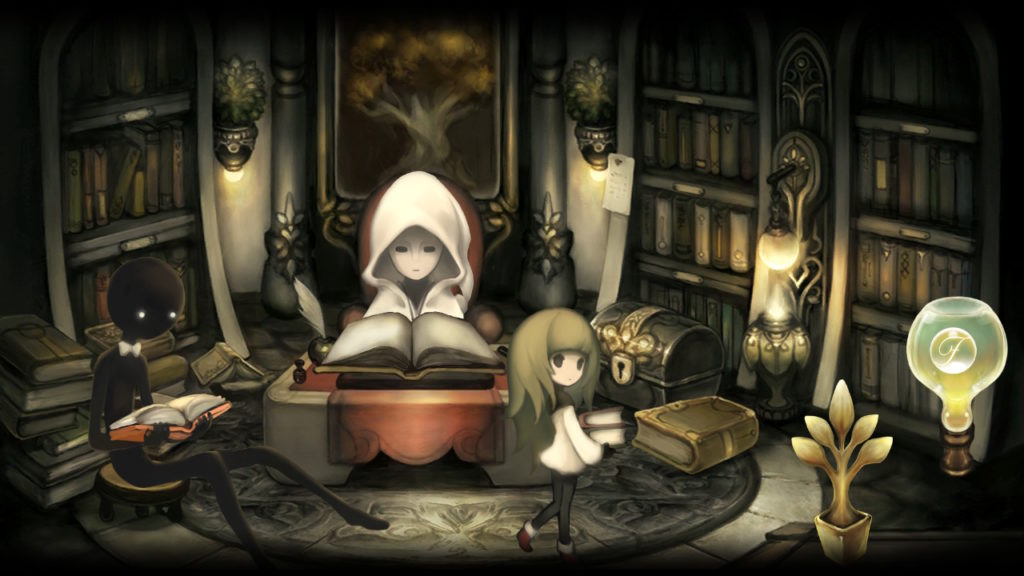
You’ll also unlock new songs as you play, though it doesn’t seem that doing better or worse on any given song influences how many or which particular songs you unlock. Even after a short time playing, I gathered an absolute plethora of new tunes to try out, and new song books to select from. Fortunately, there’s also no particular order to adhere to, and playing anything from your ever-expanding catalog will drive the tree’s branches upward.
As the story progresses, it’s worth checking back on the game’s “lobby.” As the plot progresses, you’ll unlock cutscenes that highlight key turning points, but to really understand the characters at play here you’ll need to let them speak. Tapping the girl, who playfully idles around the piano in the lobby, will prompt observations from her about Deemo and a mysterious masked woman.
It’s a nice reprieve from the constant rotation of songs, and gives players a chance to take in some of the game’s enrapturing art. Everything, from Deemo’s palace to the tree and each character, feels alive even with minimal animation thanks to the game’s art style. Adding to that, the menus are delightfully adorned with various depictions of Deemo and the girl in playful situations; flying through clouds or splashing with vivid goldfish.
The striking beauty of the menu art makes me wish that some of the play screens themselves offered some of this artwork, even minimally. Likely, the play screens stay bare on purpose to avoid distraction, but they’re such a stark contrast to the lively, colorful menus that they almost distract simply by being inconsistent. It would have helped to see some of the wonderful set pieces float in the play screen margins, or drift across the lanes in time with swells in the music.
Conclusion

Altogether, Deemo offers a visually and audibly stirring experience reminiscent of Japanese fantasy RPGs or Studio Ghibli animated films. It’s enough to keep players invested in the game beyond tapping to the beat, and begs the question, “What if a rhythm game could be something just a bit more?”
While it offers a seemingly endless parade of songs to master, the game still feels a bit light on content. An endearing story and striking art did a good deal to bring me in, but not quite enough to keep me around for more than a couple tracks in one sitting.
Rhythm games may yet find a special place in the Switch eShop, especially with so many control options available, but we’ll likely need to see much more than app store ports like Deemo and Voez to really push the genre forward with Nintendo fans.
Review Copy Provided by Circle Entertainment
